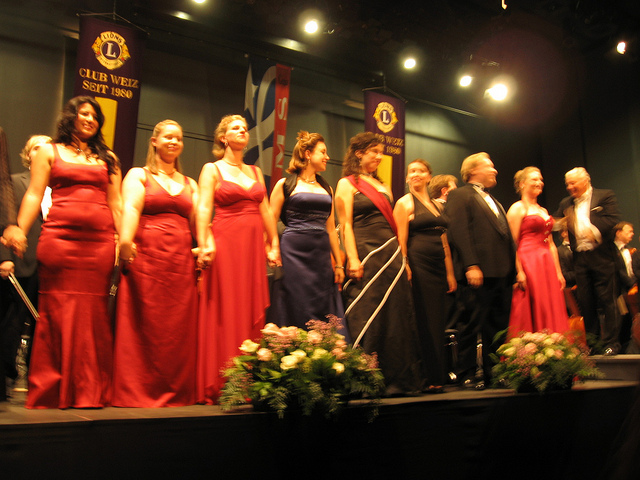On a beautiful warm summer day and after a nice filling breakfast we got going early yesterday to embark on our Sunday excursion to the south-western part of Styria. I wasn’t particularly well-rested after a full day yesterday that included a hike, a local driving tour and a birthday party, but I was keen to explore the area west of Leibnitz, Styria’s foremost winegrowing region together with my brother Ewald, his wife Anneliese and our friends Luis and Isabella.

The crew is ready for the hike
Distances in Europe are always on a different scale than in North America. Southwestern Styria is only about one hour from my home town of Weiz and nevertheless it is considered a different geographic region from my home area of East Styria. Southwestern Styria enjoys a favourable climate with Mediterranean influences and the temperatures are on average higher than those in the surrounding regions. The area is particularly well-known for its rolling hills, many of which are used as vineyards for growing mostly white, but also some red wines of the Zweigelt or Blauburgunder variety. The most well-known wine of this area is called “Schilcher”, a rose-coloured wine, whose special designation can only be applied to wines that were grown in this particular area and made from a type of grape called the ”Blaue Wildbacher”.

Styrian grapes
We stopped our vehicle on a parking lot just steps away from the “Weinbauschule Silberberg” (the Silberberg School of Viticulture). This particular schools features a 1.5 km long wine educational trail that provides informational background about the history of wine, about details related to wine-growing as well as a collection of old wine farming implements and tools. A 5 m high statue of St. Urban, the patron saint of the vintners, stands at the beginning of the wine educational trail, and further up the hill there is an oversized metal sculpture of an insect called the wine pest that was brought in from France in the 1800s and almost completely deciminated Styrian wine cultivation.

St. Urban – patron saint of vintners
We slowly hiked up on pathways along the vineyards and had a beautiful view south, and westwards towards the mountain chain separating the Austrian provinces of Styria and Carinthia. Schloss Seggau (Seggau Castle), dating back to the 12th century, was clearly visible nearby, a structure that was once used to defend Austria’s border against invading Turks and Hungarians, but today has found new use as a hotel and conference centre.

A view from the Silberberg vineyards
Once we reached the top of the hill we climbed up the “Kreuzkogelwarte”, a lookout tower at an elevation of 496 m that provided a continuous 360 degree view of the surrounding countryside. North of us was the provincial capital of Graz with a backdrop of the mountains of Northern Styria, south of us Slovenia, and west of us the Austrian province of Carinthia.

The Kreuzkogelwarte lookout tower
My brother pointed out a particular hill that also featured a vineyard and was apparently the property of famous Austrian tennis player Thomas Muster, who hails from the nearby district capital of Leibnitz. Thomas Muster, a former number 1 player, was one of the most gifted clay court players in the history of tennis and achieved 44 ATP tour titles throughout his career during the 1990s. Today Thomas Muster heads up his own fashion label called TOMS, runs a vineyard, has gotten involved in the production of high-quality Alpine spring water called TOMS Water, and not surprisingly, developed a tennis racquet called TOMS Machine in collaboration with the Kneissl company, released in 2005. A great tennis career can open many doors…

Another view from the Silberberg vineyards
We continued our hike of the surrounding hills and walked by a so-called “Buschenschank”, a rustic local restaurant owned by a vintner who is able to sell his own wine as well as a variety of self-produced culinary products. This is a typical Austrian gastronomic establishment that was originally limited to selling only this-year’s wine and had strict limitations as to what type of foods they could serve. Today, many vintner’s obtain a full restaurant license in order to sell regular hot foods as well.

Traditional vintner’s tools and implements




